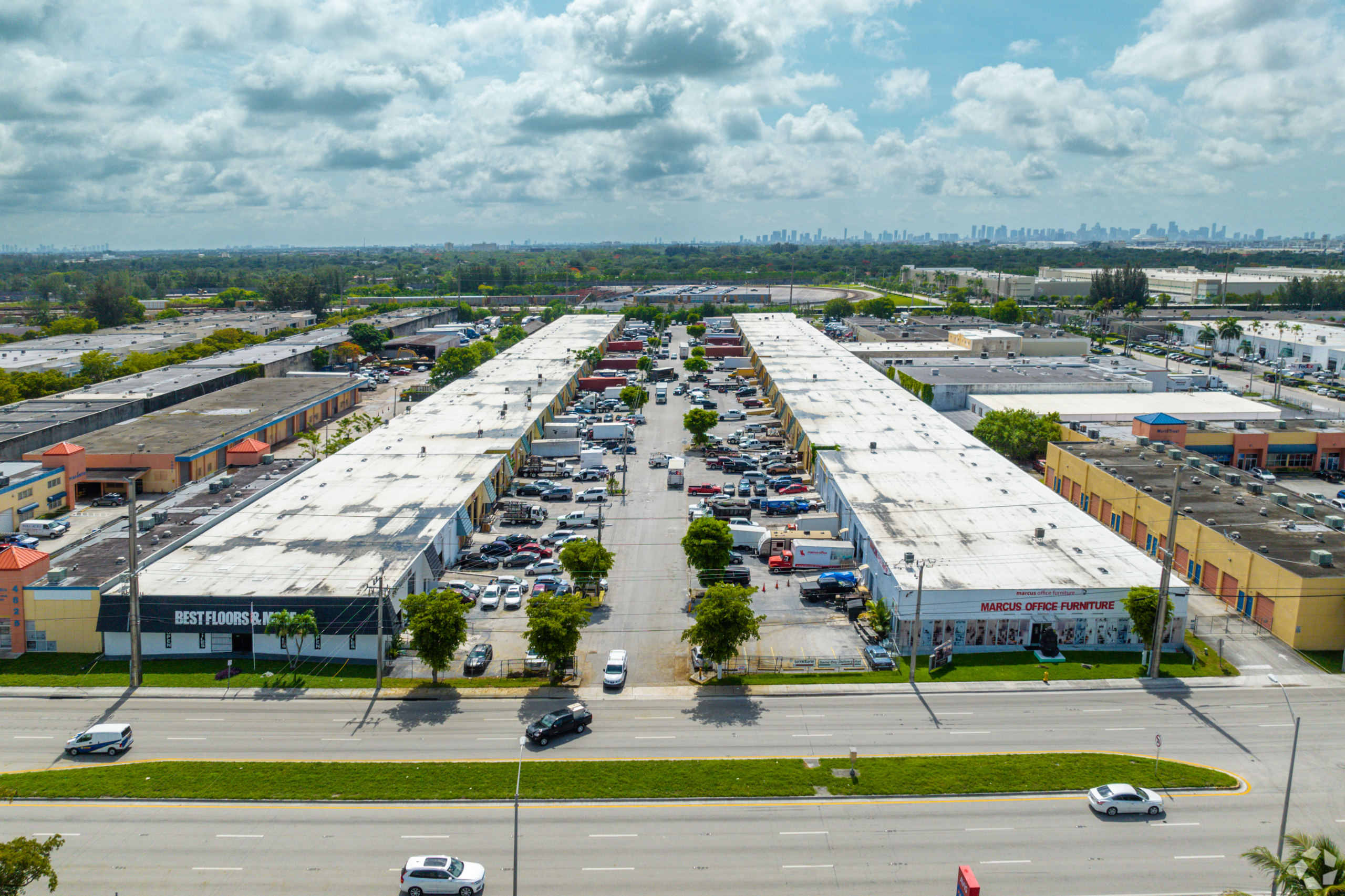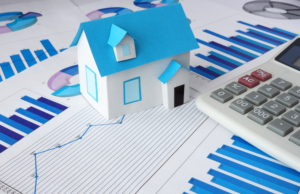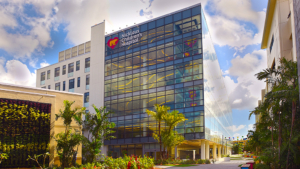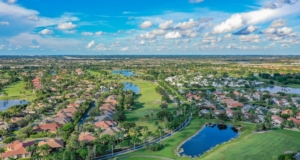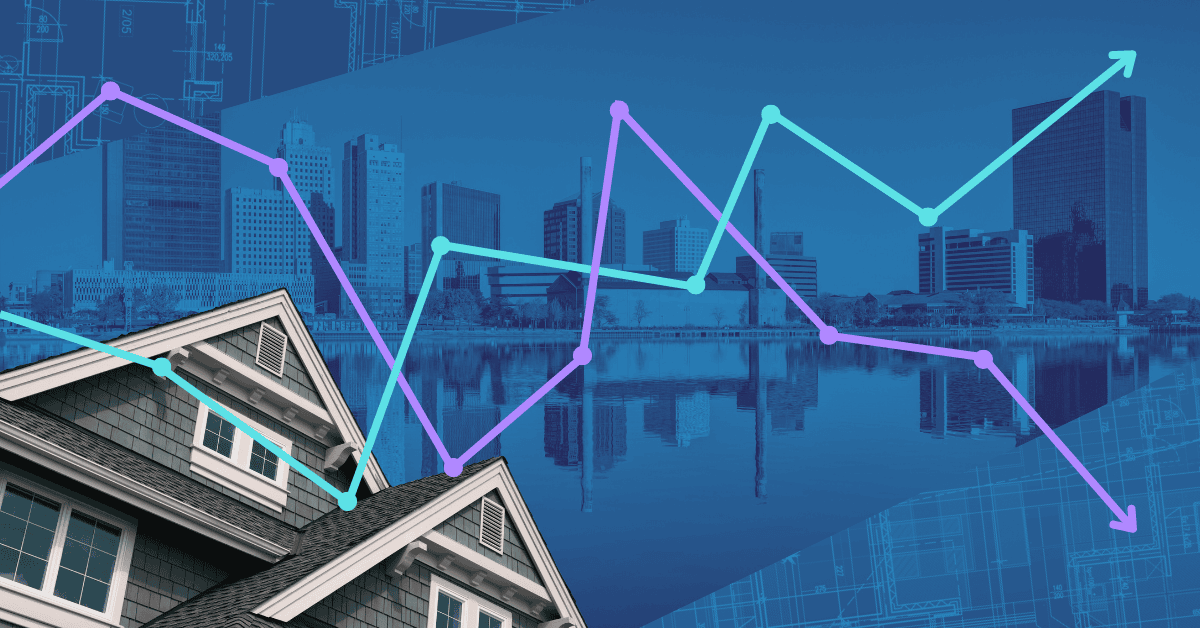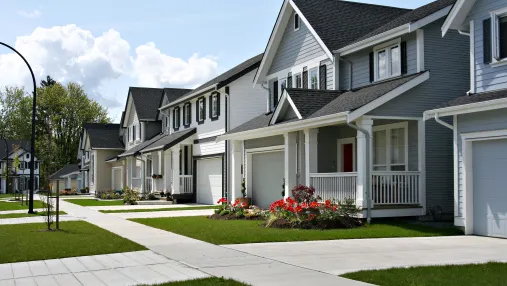Seagis Secures $88M Refinancing for Miami-Dade Industrial Portfolio: Strategic Move in South Florida's Industrial Market
Pennsylvania-Based Investment Firm Strengthens Position in Miami-Dade's Industrial Sector
In a significant refinancing move that underscores the continued strength of South Florida's industrial real estate market, Seagis Property Group has secured an $87.7 million loan for its Miami-Dade County industrial portfolio. The Pennsylvania-based investment firm, headquartered in Conshohocken and led by John Begier, obtained the refinancing from State Farm Life Insurance Company, according to county records.
The transaction was facilitated by a JLL capital markets team, with Jim Cadranell and Gregory Nalbandian taking the lead in arranging the financing package. This new mortgage effectively replaces a previous $95 million loan that had been provided by Hartford Fire Insurance Company, representing a strategic restructuring of Seagis' debt on these properties.
Portfolio Details: Seven Fully-Leased Properties Spanning Nearly 800,000 Square Feet
The refinanced portfolio comprises seven industrial properties strategically located throughout northwest Miami-Dade County, collectively spanning 787,728 square feet of prime industrial space. What makes this portfolio particularly attractive is its 100% occupancy rate, with 41 diverse tenants operating across multiple sectors including logistics, food and beverage, retail, e-commerce, packaging, fashion, pharmaceuticals, and telecommunications.
The properties included in this refinancing deal represent a diverse collection of industrial assets acquired by Seagis over the past two decades:
- A 77,198-square-foot warehouse at 11305 Northwest 128th Street, acquired for $5 million in 2012
- A 64,137-square-foot industrial building at 10400 Northwest 33rd Street, purchased for $4.9 million in 2002
- A 73,040-square-foot warehouse at 13800 Northwest 119th Avenue, bought for $12.7 million in 2005
- A substantial 167,464-square-foot facility at 57 Northwest 179th Street, acquired for $13.2 million in 2005
- A three-building complex spanning 134,425 square feet at 2900 Northwest 112th Avenue, purchased for $5.7 million in 2005
- A business park covering approximately 100,000 square feet at 3485 Northwest 167th Street, bought for $6.8 million in 2011
Seagis' Strategic Growth in South Florida's Industrial Market
Founded in 2005, Seagis Property Group has established itself as a significant player in the industrial real estate sector, currently managing an impressive 13 million square feet of industrial and logistics space across various U.S. markets. The company's portfolio management strategy appears to combine long-term holdings with strategic acquisition and development initiatives.
This refinancing deal comes after a relatively quiet period in terms of acquisitions for Seagis in the South Florida market. The company's last reported purchases in the region occurred in 2022, when it invested $23.7 million to acquire two warehouse properties in Medley and an additional $16 million for an industrial development site in Doral, demonstrating the firm's selective approach to expanding its footprint in the region.
In a sign of continued commitment to the Miami-Dade industrial market, Seagis recently broke ground on a 235,812-square-foot warehouse development in Medley. This new construction project, situated on a previously acquired property, signals the company's confidence in the continued growth and demand within South Florida's industrial sector.
Miami-Dade's Industrial Market Momentum Continues
The refinancing deal occurs against a backdrop of continued activity in South Florida's industrial real estate market. In another recent transaction highlighting investor interest in the sector, Northbridge Partners acquired a 106,289-square-foot industrial building in Coral Springs for $22.3 million. The fully leased property was sold by three entities managed by Jon Samuel, the original developer of Midtown Miami, to NorthBridge, an industrial real estate firm with offices in Linthicum Heights, Maryland, and Wakefield, Massachusetts.
These transactions collectively demonstrate the continued confidence investors have in South Florida's industrial market, which has shown remarkable resilience and growth even amid broader economic uncertainties. The region's strategic location as a gateway to Latin America and the Caribbean, combined with strong population growth and expanding e-commerce operations, continues to drive demand for quality industrial space.
Industry Insights
What makes Miami-Dade's industrial market attractive to investors like Seagis?
Miami-Dade's strategic location as a major port and gateway to Latin America makes it an essential logistics hub. The area benefits from strong population growth, increasing e-commerce activity, and limited land for new development—all factors that have contributed to consistently low vacancy rates and rising rental values. For long-term investors like Seagis, these fundamentals create opportunities for stable cash flow and appreciation potential.
How significant is a $87.7 million refinancing in the context of South Florida's industrial market?
This refinancing represents one of the larger industrial portfolio loans in the region for 2025. The ability to secure nearly $88 million in financing demonstrates both lender confidence in the stability of Miami-Dade's industrial sector and Seagis' strength as a property owner and manager. The transaction also highlights how established investors are optimizing their capital structures while maintaining their positions in this competitive market.
What does the full occupancy of these properties tell us about the current market conditions?
The 100% occupancy across seven properties with 41 different tenants indicates robust demand for industrial space in northwest Miami-Dade. The diverse tenant mix across multiple industries suggests broad-based economic activity rather than dependence on a single sector. This diversity helps mitigate risk for both the property owner and the lender, making such portfolios particularly attractive for refinancing.
How does Seagis' investment strategy compare to other industrial investors in the region?
Seagis appears to employ a "buy and hold" strategy with selective new development, as evidenced by their long-term ownership of most properties in this portfolio (some dating back to 2002) combined with their new construction project in Medley. This contrasts with some investors who employ more rapid turnover strategies, buying, upgrading, and selling properties within shorter timeframes. Seagis' approach suggests confidence in the long-term growth trajectory of Miami-Dade's industrial market.
What might this refinancing signal about Seagis' future plans in South Florida?
The refinancing potentially frees up capital that could be deployed for future acquisitions or development projects. With their recent groundbreaking on a new warehouse in Medley, it appears Seagis is positioning itself for continued growth in the region. The company may be preparing to capitalize on any market corrections or distressed opportunities that might arise, while maintaining their established portfolio with this new, likely more favorable, debt structure.

